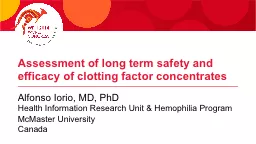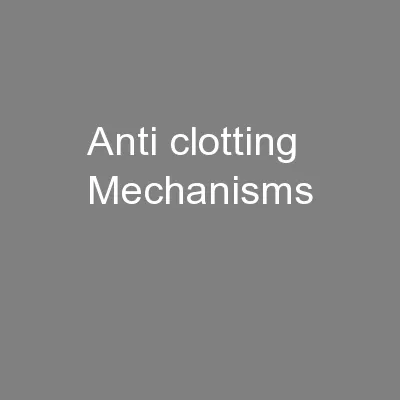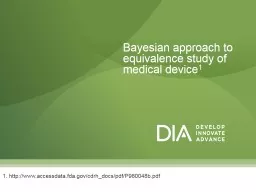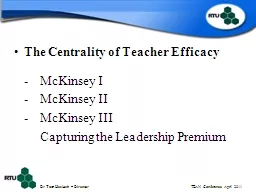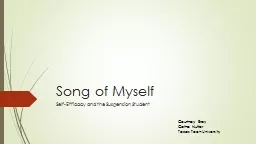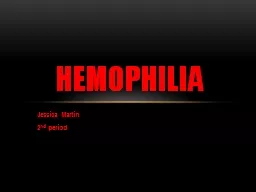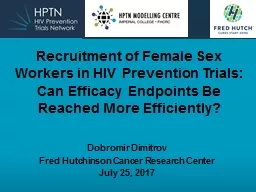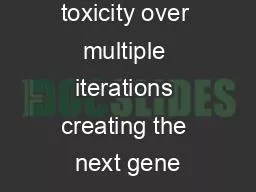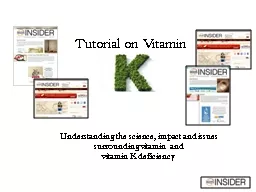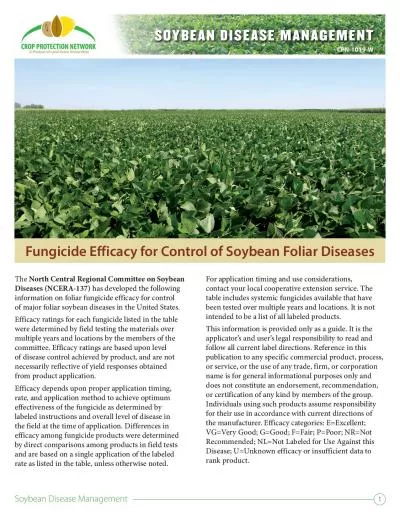PPT-Assessment of long term safety and efficacy of clotting fac
Author : tatiana-dople | Published Date : 2016-03-06
Alfonso Iorio MD PhD Health Information Research Unit amp Hemophilia Program McMaster University Canada Alfonso Iorio Baxter Bayer Biogen Idec NovoNordisk Pfizer
Presentation Embed Code
Download Presentation
Download Presentation The PPT/PDF document "Assessment of long term safety and effic..." is the property of its rightful owner. Permission is granted to download and print the materials on this website for personal, non-commercial use only, and to display it on your personal computer provided you do not modify the materials and that you retain all copyright notices contained in the materials. By downloading content from our website, you accept the terms of this agreement.
Assessment of long term safety and efficacy of clotting fac: Transcript
Download Rules Of Document
"Assessment of long term safety and efficacy of clotting fac"The content belongs to its owner. You may download and print it for personal use, without modification, and keep all copyright notices. By downloading, you agree to these terms.
Related Documents

